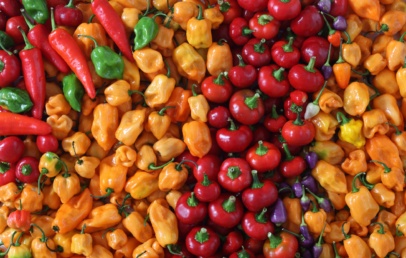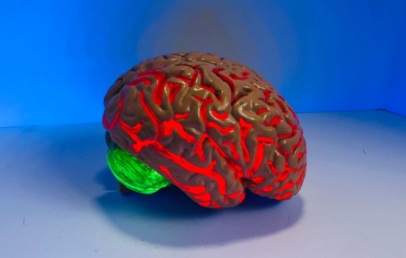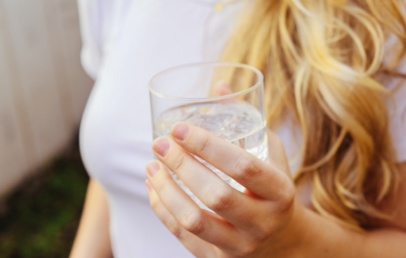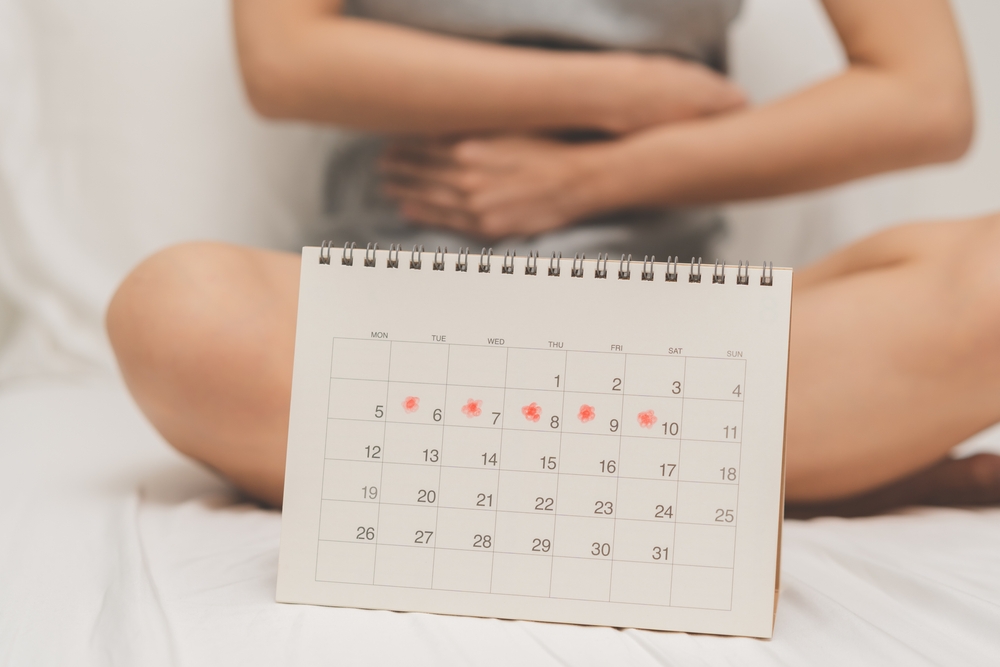
Dysmenorrhea, or menstrual cramps, is a common problem that can seriously interfere with day-to-day living. Prostaglandins, which resemble hormones and cause the uterus to contract, are the primary cause of these cramps. Although many people find relief from menstrual pain with over-the-counter medications, an increasing amount of research indicates that diet can be a key factor in managing this pain. Some foods aid in muscle relaxation, reducing inflammation, and restoring nutrients lost during menstruation. Here are 15 foods with scientific backing that can improve your menstrual health and naturally reduce period cramps.
1. Bananas

Potassium, magnesium, and vitamin B6 are all abundant in bananas and combine to lessen bloating and cramping in the muscles. In particular, magnesium relaxes uterine muscles and may lessen the synthesis of prostaglandins, which are the chemicals that cause excruciating contractions. When you’re feeling lethargic or queasy during your period, bananas are a convenient option because they’re also easy to digest.
2. Leafy Green Vegetables (Spinach, Kale, Chard)
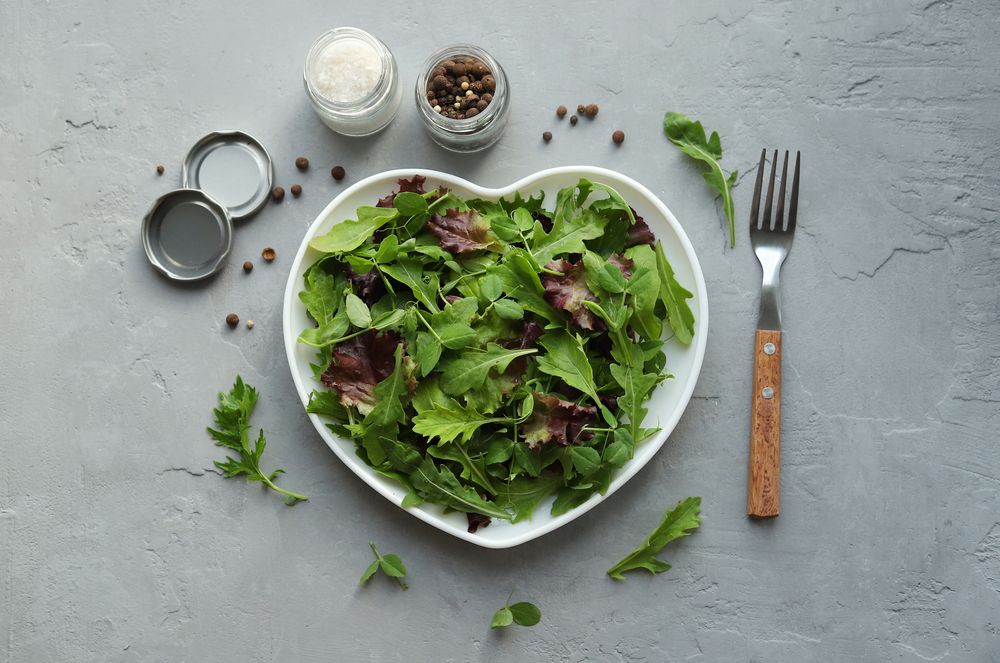
Iron, magnesium, and calcium—all essential during menstruation—are abundant in dark leafy greens. Magnesium and calcium aid in muscle relaxation and tension relief, while iron helps replenish what is lost during severe bleeding. Magnesium has been shown to help lessen the severity of dysmenorrhea. Incorporating leafy greens into your diet can boost your energy levels and lessen cramping.
3. Salmon and Other Fatty Fish
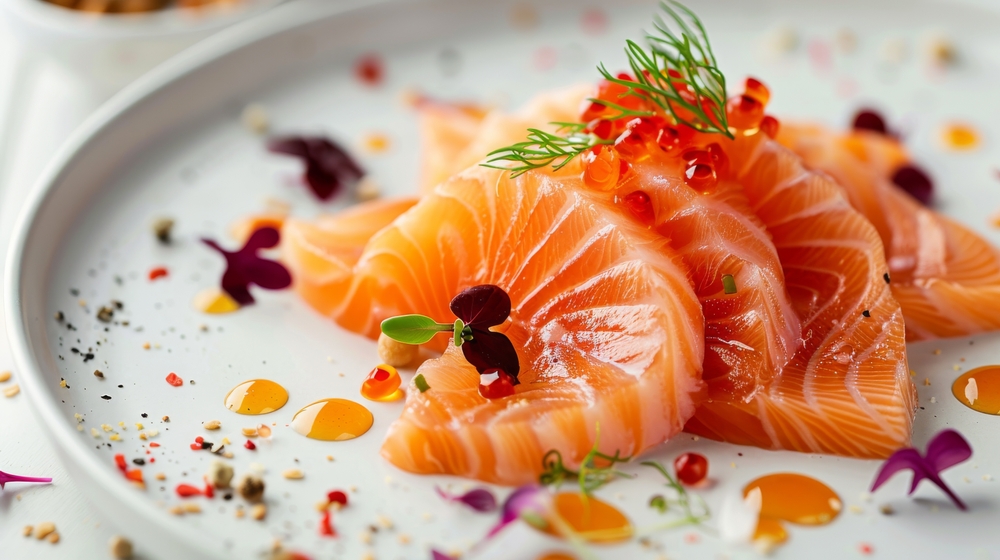
Omega-3 fatty acids, which are abundant in fatty fish like salmon, have potent anti-inflammatory properties. Omega-3 fatty acids have been found to lower prostaglandin levels, which may lessen the severity and length of menstrual cramps. Additionally, salmon contains B vitamins and vitamin D, which can help lessen fatigue and mood swings during your cycle.
4. Whole Oats

A complex carbohydrate, oats are high in fiber, zinc, and magnesium. These nutrients lower inflammation and promote hormonal balance. Additionally, oats aid in blood sugar stabilization, which helps avoid the mood swings and energy slumps that are frequently associated with menstruation. Oatmeal can provide comfort and sustained energy at the beginning of the day.
5. Yogurt (or Fortified Dairy Alternatives)

Calcium, which is abundant in yogurt, has been shown to support muscle function and lessen the intensity of menstrual cramps. More severe PMS symptoms, such as cramping and irritability, have been linked to a calcium deficiency. Probiotics, which support gut health and lessen bloating, are also found in yogurt. Plant-based yogurts enhanced with calcium and probiotics provide comparable advantages for people who avoid dairy.
6. Dark Chocolate (70% or Higher)
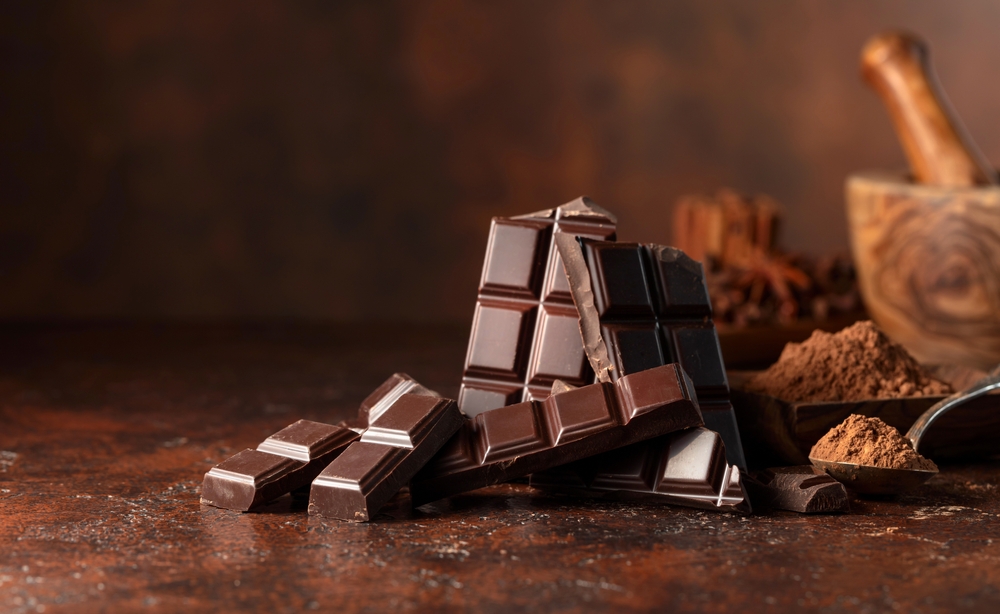
Iron, magnesium, and antioxidants are all present in dark chocolate. Iron promotes blood replenishment, while magnesium relaxes muscles and may lessen menstrual cramps. The presence of mood-enhancing substances like phenylethylamine and a small amount of caffeine can also help to improve emotional well-being during your cycle. Selecting dark chocolate that has at least 70% cacao guarantees a higher nutritional content and less added sugar.
7. Pineapple
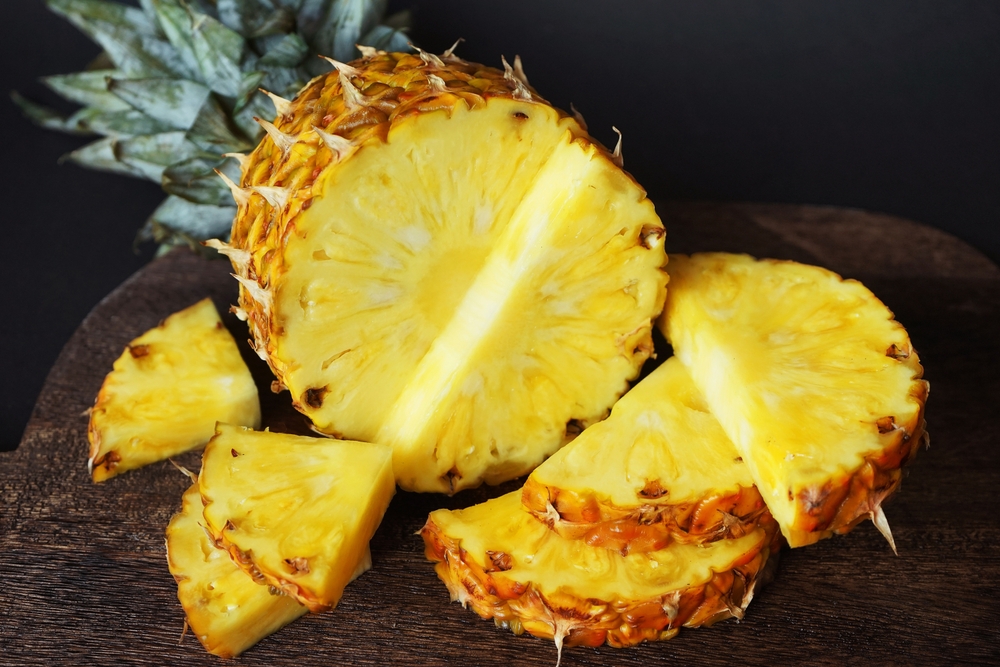
Bromelain, an enzyme found in pineapple, is thought to lower inflammation and encourage muscle relaxation. Its anti-inflammatory qualities may help reduce menstrual pain, but further human research is required. Vitamin C, which is abundant in pineapple, aids in the body’s absorption of iron and strengthens immunity. It is a refreshing and hydrating choice during menstruation because of its inherent sweetness.
8. Ginger
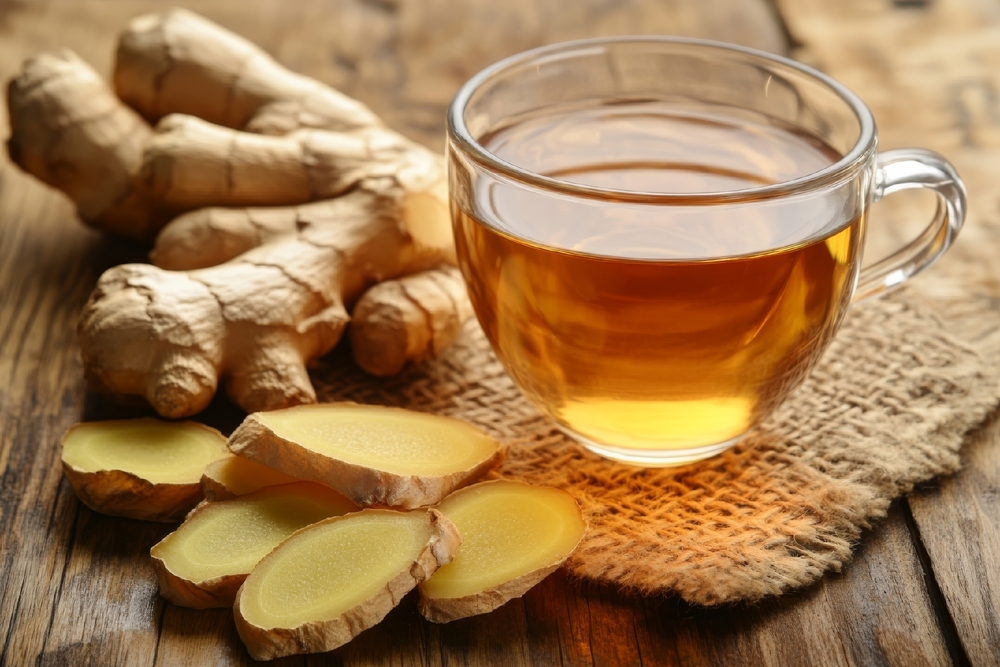
Ginger’s analgesic and anti-inflammatory properties are well known. When taken consistently during the first few days of the cycle, ginger has been shown in numerous clinical studies to significantly reduce menstrual pain. Like some painkillers, it functions by preventing the synthesis of prostaglandins. An efficient natural treatment for cramps is ginger tea or fresh grated ginger added to food.
9. Turmeric
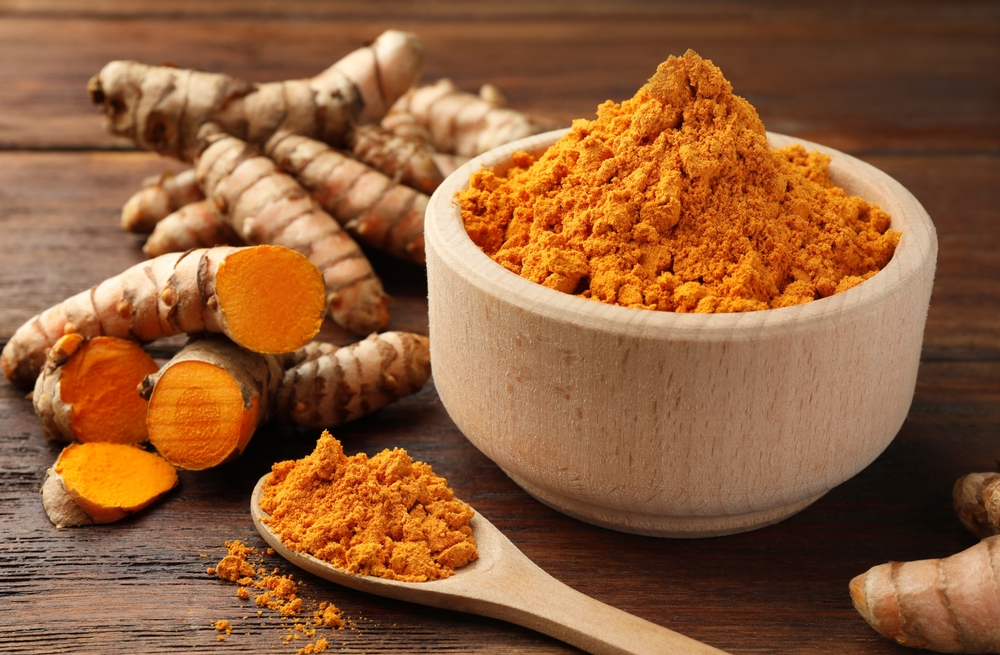
Curcumin, a substance found in turmeric, has strong anti-inflammatory and analgesic effects. Curcumin may lessen the intensity of PMS symptoms and cramping, according to research. Curcumin’s bioavailability is increased when combined with black pepper, which is frequently advised because curcumin is difficult for the body to absorb. Turmeric can offer calming relief when added to stews, soups, or hot liquids.
10. Avocados
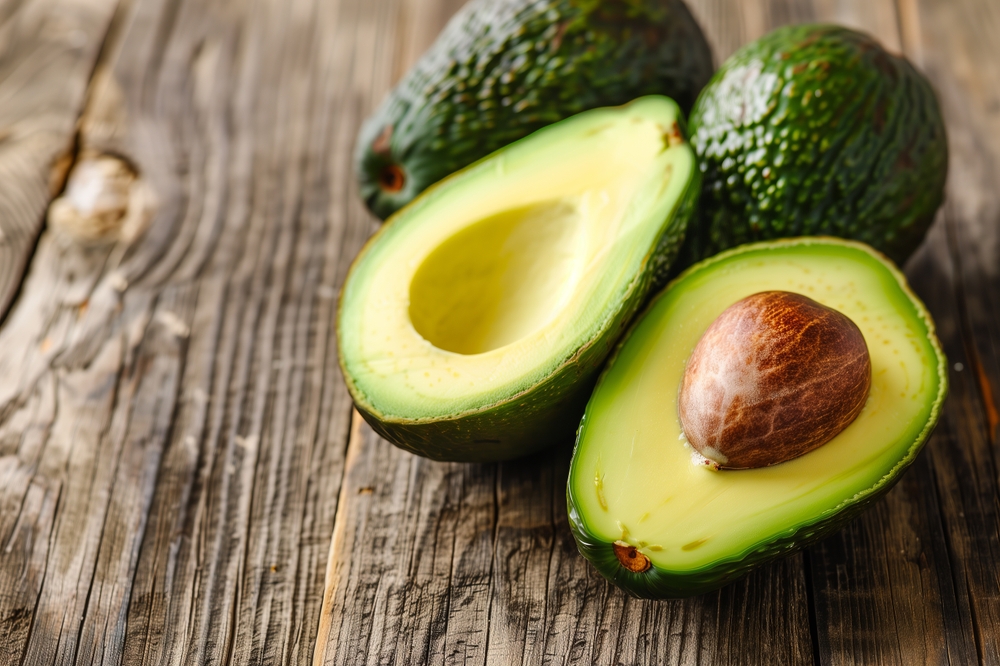
Rich in fiber, potassium, magnesium, and good fats, avocados are a nutrient-dense food. These nutrients promote hormonal balance, ease muscle tension, and lessen bloating. The body’s fluid balance is regulated by the high potassium content, which can reduce cramping and water retention. Avocados are a satisfying, anti-inflammatory food during your cycle because of their creamy texture and adaptability.
11. Pumpkin Seeds

Omega-3 fatty acids, iron, zinc, and magnesium can all be found in small amounts in pumpkin seeds. Zinc may lessen the production of prostaglandins, while magnesium aids in mood regulation and muscle relaxation. Regular seed consumption may improve hormone balance and lessen the severity of cramps. For a crunchy nutritional boost, they’re simple to sprinkle over oatmeal, yogurt, or salads.
12. Chamomile Tea
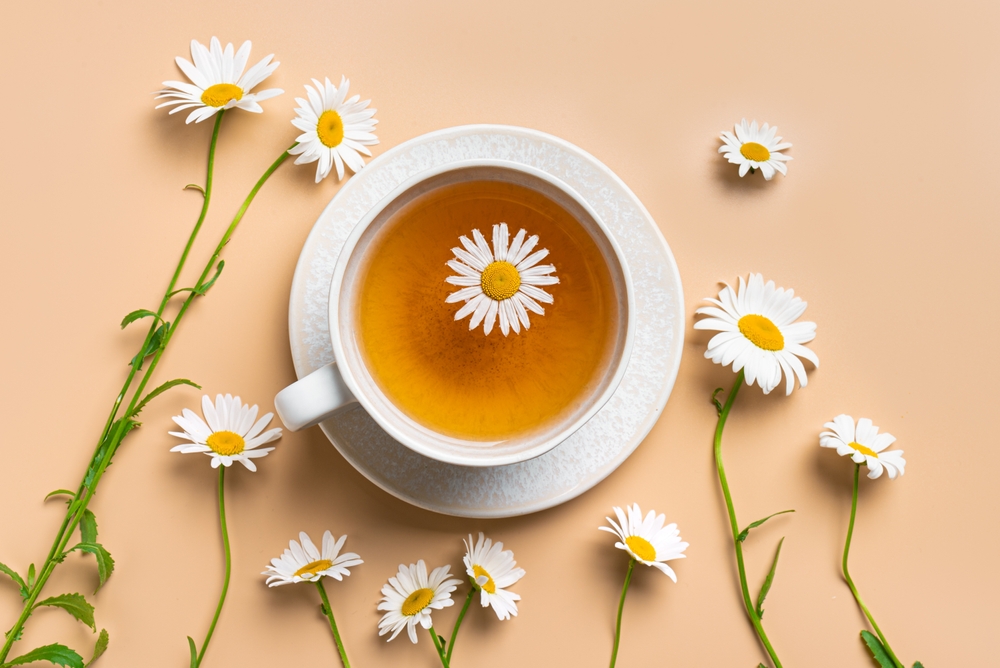
Studies have demonstrated that chamomile tea has antispasmodic and anti-inflammatory effects in addition to its well-known calming qualities. Frequent use may improve sleep quality, lower anxiety, and lessen menstrual pain and uterine contractions. During your period, chamomile tea can provide emotional and physical support.
13. Watermelon
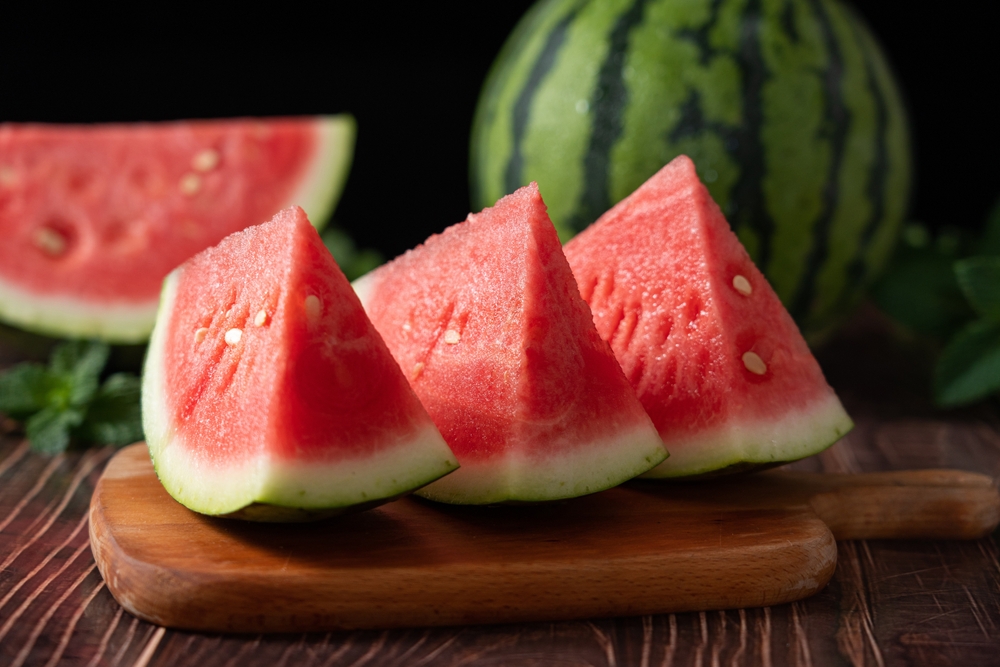
Rich in natural sugars, vitamin C, and water content, watermelon is hydrating and promotes energy levels and circulation during menstruation. Because dehydration can exacerbate muscle pain, staying hydrated is crucial for minimizing cramping. Easing bloating and promoting general comfort, watermelon can aid in the removal of excess sodium.
14. Lentils and Beans
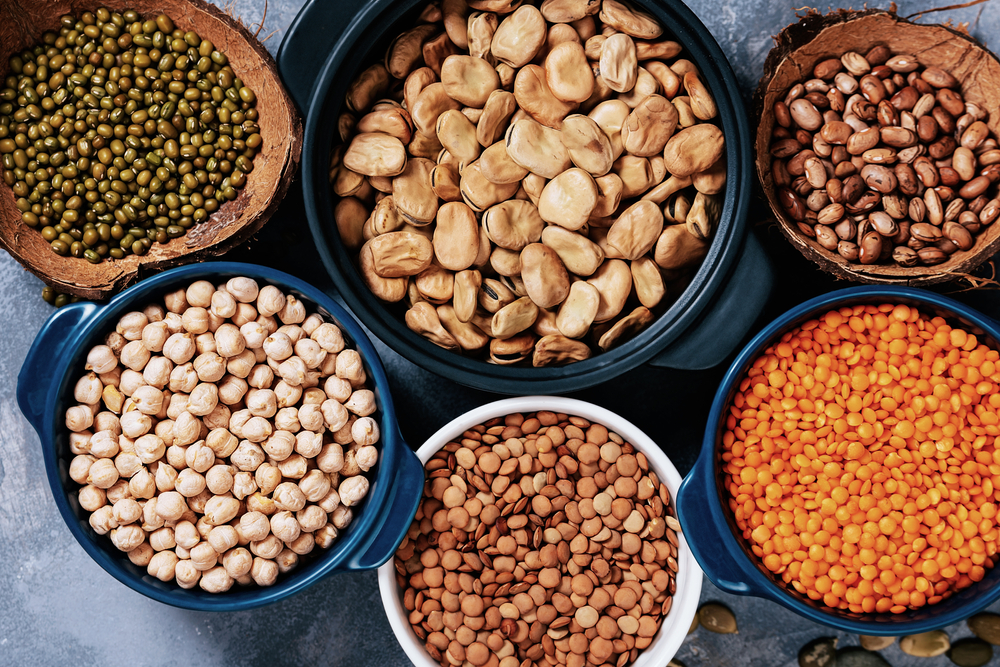
For energy production and iron store replenishment during menstruation, lentils and beans are great plant-based sources of iron, fiber, and B vitamins. They also aid in lowering inflammation and regulating blood sugar levels. Consuming these legumes on a regular basis may help maintain hormonal balance and lessen the severity of cramps.
15. Broccoli
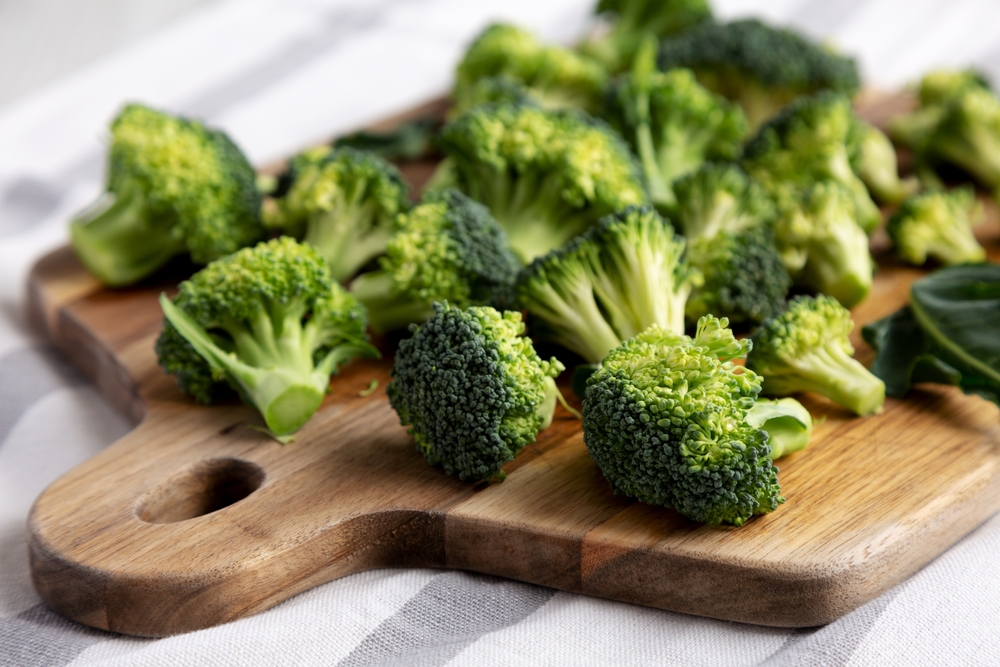
A cruciferous vegetable, broccoli is high in calcium, iron, fiber, and vitamins A, C, and E. These nutrients support muscle contraction, inflammation management, and blood production. Broccoli’s fiber promotes a healthy digestive system, which is particularly beneficial for reducing bloating and sluggishness that can occur during menstruation.
Although menstrual cramps can be annoying, you can noticeably improve your health by changing your diet to include more nutrient-dense, anti-inflammatory foods. Health experts suggest these 15 foods to promote hormonal balance, lower inflammation, and relieve tense muscles. Their recommendations are supported by research. Food can be an effective component of a natural self-care strategy, even though it might not completely prevent cramps on its own.
To rule out diseases like endometriosis or fibroids, it’s critical to speak with a healthcare professional if you suffer from severe or ongoing menstrual pain. But for many, these dietary choices, when combined with rest, hydration, and light exercise, can provide significant relief.

